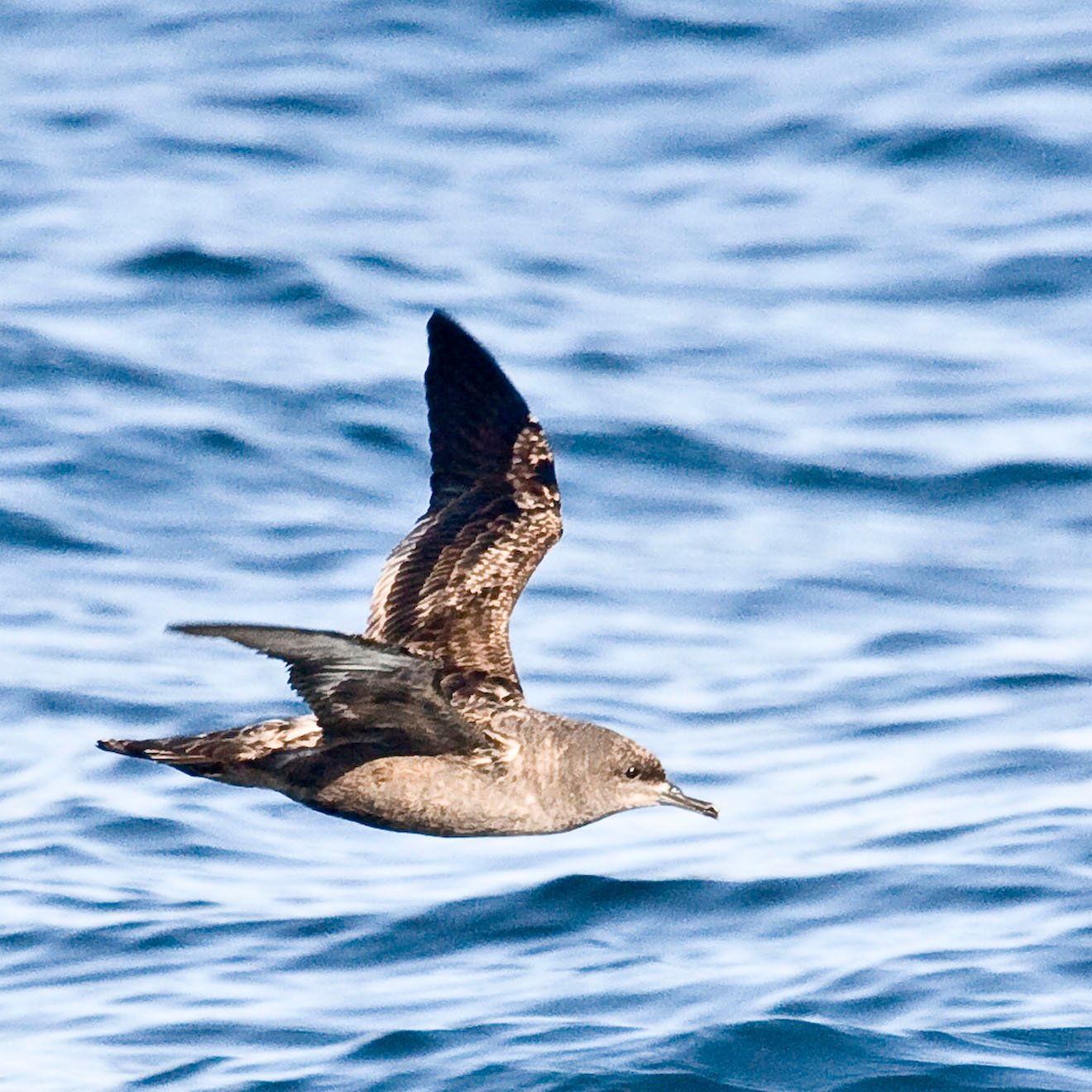Dear EarthTalk: What are the major issues with protecting migratory birds that groups like the Nature Conservancy are working on? — Lorinda Bennet, Alnuquerque, NM
Migratory birds, like other animals, need suitable habitat and food sources to survive. But unlike other animals which stay primarily in one place, migratory birds depend on the availability of food and habitat all along their migration paths, which for some are thousands of miles long. Changing environmental conditions along routes can hinder birds’ ability to survive their often arduous long distance journeys.
Some 1,800 of the world’s 10,000 bird species migrate long distances every year. Typically birds fly to the far north in the summer to feed and return south for the winter to breed, but many variations and exceptions exist. The long-distance record holders are Sooty Shearwaters, which migrate 9,000 miles between nesting sites in the Falkland Islands and feeding sites in the North Atlantic Ocean off of Norway.
Chief among environmental threats to migratory birds is habitat destruction. Human development of wetlands areas leaves many birds without suitable habitat for stopovers and even wintering sites. Global warming only twists the knife by making usual stopover sites even less hospitable. Biologists see that widespread climate change is already starting to have a negative effect on the timing of migration cycles and breeding patterns, leading to population declines in species already considered threatened. Hunting is another threat to birds which pass over countries without the resources or will to enforce protections. Obstructions such as power lines, wind farms and offshore oil rigs also negatively affect migratory birds.
A large number of international treaties and domestic laws provide protection for migratory birds. For example, the Migratory Bird Treaty Act of 1918 affirms the U.S. government’s commitment to international conventions protecting migratory birds (and their eggs and nests) passing through Canada, Japan, Mexico and Russia at some point during their annual travels. Upwards of 1,000 different bird species, as listed on the U.S. Fish & Wildlife Service’s Migratory Bird Program website, are protected under this Act. A similar treaty called the African-Eurasian Migratory Waterbird Agreement seeks to protect migratory birds along another of the world’s major migratory bird flyways.
While governments only do so much to protect migratory birds, private non-profits are working hard—and devoting millions of dollars—to try to take up the slack. One of the leaders in this battle is the Nature Conservancy, which employs hundreds of ornithologists and planners who identify networks of habitats needed by bird species throughout North America, Latin America and the Caribbean and then work to protect these crucial areas for current and future generations of migratory birds.








